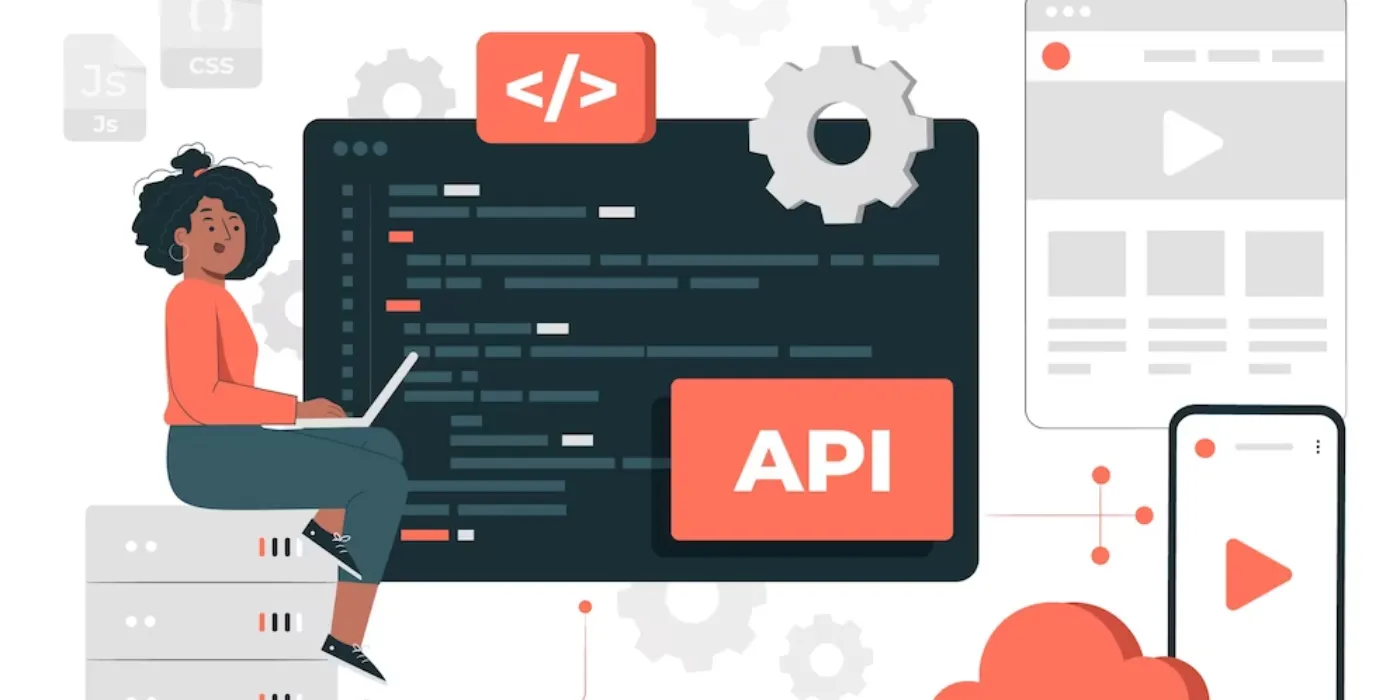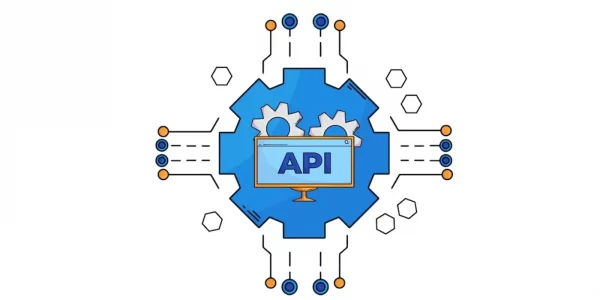In today’s fast-paced digital landscape, where businesses rely heavily on cloud-based services and APIs (Application Programming Interfaces), the need for real-time cloud API monitoring has never been more critical. It’s no longer sufficient to perform periodic checks and hope for the best.

To stay competitive and maintain a seamless user experience, organizations must adopt a proactive approach that provides instant insights into the health and performance of their APIs. In this article, we will delve into the world of real-time cloud API monitoring with a focus on obtaining instant insights.
The Evolution of Cloud API Monitoring
API monitoring has come a long way since its inception. Initially, organizations relied on manual checks and rudimentary monitoring tools to ensure their APIs were functioning correctly. However, as digital ecosystems grew in complexity, this approach became inadequate.
The shift from periodic checks to real-time monitoring was a natural progression. With real-time monitoring, organizations can detect issues and anomalies as they happen, allowing for immediate response and resolution. This transition has been pivotal in ensuring high availability and reliability of APIs.
The adoption of cloud technology has further transformed API monitoring. Cloud-based services provide the infrastructure needed to monitor APIs at scale, offering flexibility and cost-effectiveness. This shift has paved the way for innovative approaches to real-time monitoring.
IKey Components of Real-Time Cloud API Monitoring
Proactive monitoring tools are at the heart of real-time cloud API monitoring. These tools continuously collect data about API performance, availability, and response times. By using alerts and notifications, they enable organizations to take immediate action when issues arise, preventing downtime and user dissatisfaction.
To gain meaningful insights, it’s crucial to track the right metrics and Key Performance Indicators (KPIs) in real-time. These may include error rates, latency, and throughput. The choice of metrics depends on the specific goals and requirements of your organization.
Real-time cloud API monitoring should be scalable and flexible to accommodate evolving business needs. Cloud-based solutions offer the advantage of easily scaling up or down based on demand. This adaptability ensures that your monitoring system remains effective as your API ecosystem grows.
Instant Insights: Unveiling the Power
Instant insights refer to the ability to analyze real-time data and derive actionable information immediately. In the context of API monitoring, instant insights empower organizations to make informed decisions promptly, enhancing the overall user experience and reducing downtime.
Imagine a scenario where an e-commerce platform experiences a sudden surge in traffic due to a flash sale. Instant insights can detect the increased load on APIs, enabling the platform to allocate additional resources and prevent crashes. These insights are invaluable in high-stakes situations.
Artificial Intelligence (AI) and machine learning play a significant role in generating instant insights. These technologies can identify patterns, anomalies, and trends in real-time data, providing predictive capabilities that help organizations proactively address potential issues.
Implementing Real-Time Cloud API Monitoring with Instant Insights
Implementing real-time cloud API monitoring with instant insights may seem daunting, but it can be broken down into manageable steps. We’ll walk you through the process, from selecting the right tools to configuring alerts and dashboards.
Selecting the right monitoring tools and platforms is crucial. We’ll explore various options available in the market, considering factors like scalability, compatibility, and cost-effectiveness.
Lastly, we’ll discuss how to integrate instant insights seamlessly into your monitoring strategy. This involves defining clear objectives, setting up automated processes, and fostering a culture of proactive monitoring within your organization.
To make use of it, you must first:
- Go to Uptimeapicloud and simply click on the button “Start monitoring with 30-day Free Trial” to start using the API.
- After signing up in Uptimeapicloud, you’ll be given your personal Trail. Click on the Monitors option.
- Click on the New Monitor button and add the API details with the API name and URL.
- Once you are done, make the API call by pressing the button “Create” and see the results on your screen.
Here’s the Example:
Conclusion
In conclusion, real-time cloud API monitoring with instant insights is no longer a luxury but a necessity in today’s digital landscape. By embracing this approach and leveraging the right tools and technologies, organizations can ensure the reliability and performance of their APIs while staying ahead of potential issues.

